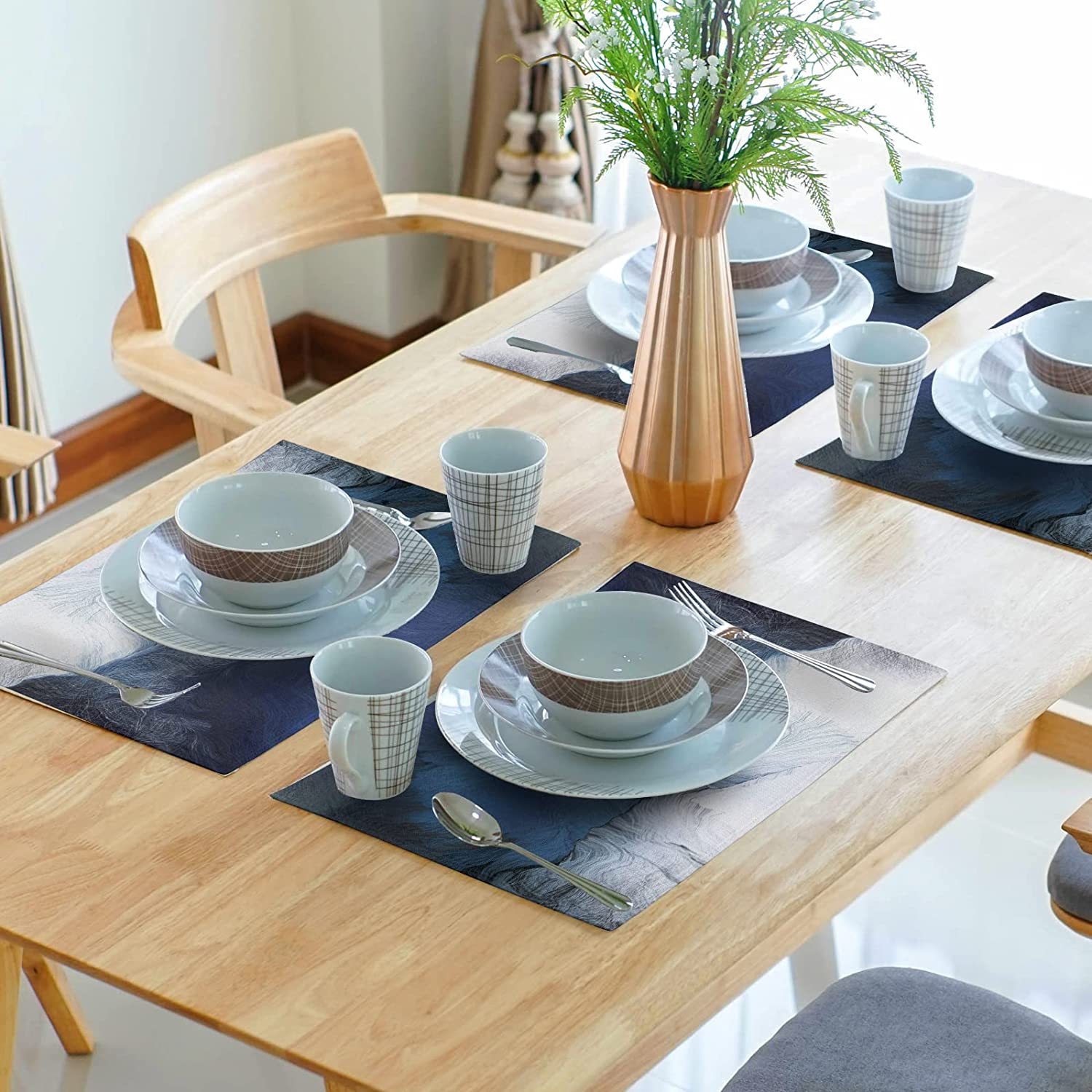The Main Principles Of Unique Art
Table of ContentsThe 5-Minute Rule for Unique ArtThe smart Trick of Unique Art That Nobody is DiscussingSome Known Facts About Unique Art.An Unbiased View of Unique Art
While one might dispute which art form holds precedence, the fact stays that each of these seven forms offers a distinct home window into human background, culture, and development. They are the tapestries that chronicle our journey, reminding us of our past while motivating visions for the future.Excellent artwork narrates, makes individuals look twice, and produces a distinct experience that can not be matched. Art and illustrations communicate every one of that through color, form and other layout components. Learn exactly how to make your one-of-a-kind artwork stand out from the group.
3 Emil DervishIn this entrance by Emil Dervish that stunning cobalt blue door takes the program. To bring much more dramatization, he prolonged the paint. to the doorframe and the wall up, completing in an arched form. The curves, along with a spherical sconce, soften the edges - Unique Art. Frames vintage posters and maps of beloved locations set the scene.
8 TRIA GIOVANEqual components grand and laidback, this entrance hall made by Anthony Baratta is the ideal blueprint to comply with if you're enhancing a formal entryway that still really feels unfussy and comfy. Formed fabrics take facility phase (see the carpets and the sofa), yet they additionally aid bring the high ceilings to a human scale when hung over wallpaper.
Unique Art for Dummies
18 Heidi Caillier DesignA gallery wall doesn't require to occupy the entire area. Actually, in some cases a tiny one can make a bigger design statement. In this living-room, Hiedi Caillier selected micro-mini frameworks and an arbitrary make-up. Promotion - Continue Reading Below19 Stephen Kent JohnsonDesigner Juan Carretero went with a deep green paint color to comparison with the light wood surfaces.
, the expression of ideas and feelings, with the development of particular aesthetic qualities, in a two-dimensional visual language. The components of this languageits forms, lines, colours, tones, and texturesare utilized in various means to generate feelings of quantity, area, movement, and light on a flat surface. These aspects are combined into expressive patterns in order to stand for real or mythological phenomena, to analyze a narrative motif, or to create completely abstract visual connections.
Later on the notion of the "great musician" established in Asia and Renaissance Europe. Popular painters were paid for the social status of scholars and courtiers; they signed their work, chose its design and commonly its subject and images, and established a much more personalif not constantly amicablerelationship with their patrons. During the 19th century painters in Western societies began to shed their social setting and protected patronage.
Little Known Facts About Unique Art.
Others made an income via visiting events of their work. The requirement to appeal to an industry had changed the comparable (if much less impersonal) needs of patronage, and its effect on the art itself was possibly similar. Usually, musicians in the 20th century could get to a target market just through business galleries and public museums, although their job may have been sometimes reproduced in art periodicals
For the background of painting in old Egypt, see Egyptian art and design. The development of painting in this post different areas is dealt with in a variety of write-ups: Western painting; African art; Main Eastern arts; Chinese paint; Islamic arts; Japanese art; Korean art; Native American art; Nautical art and style; South Asian arts; Southeast Asian arts. For a discussion of the forgery of masterpieces, see imitation. For a conversation of the role of painting and various other arts in religion, in addition to of using religious signs in art, see spiritual importance and iconography. For details on other arts connected to painting, see posts such as drawing; folk art; printmaking. , even when a painting's narrative importance is obscure.
Don't replicate the style of various other artists if you're searching for your style. Duplicating other individuals's art work can be fantastic in educational purposes however it will certainly not make you closer to locating your own unique design. Your imaginative design has to be, what you like and what influences you.

Fascination About Unique Art
You need to try whole lots of various options and discover whatever prior to you can concentrate on one specific design or you'll be bored, or worse, you'll dislike visit here your own style. I suggest you to try every solitary topic that you're interested in, discover as much as you can. Try different mediums that thrill you and new techniques you have actually never tried prior to.
With time you'll be able to arrange all of them into your favorite and the original source the very least favorite classifications. Attempt to concentrate your attention on the subjects and tools that you like and prior to you see it coming you'll have your very own individual and distinct design, like nobody else have! So ultimately you'll have a few favorite topics to repaint and maybe a few favored tools.
